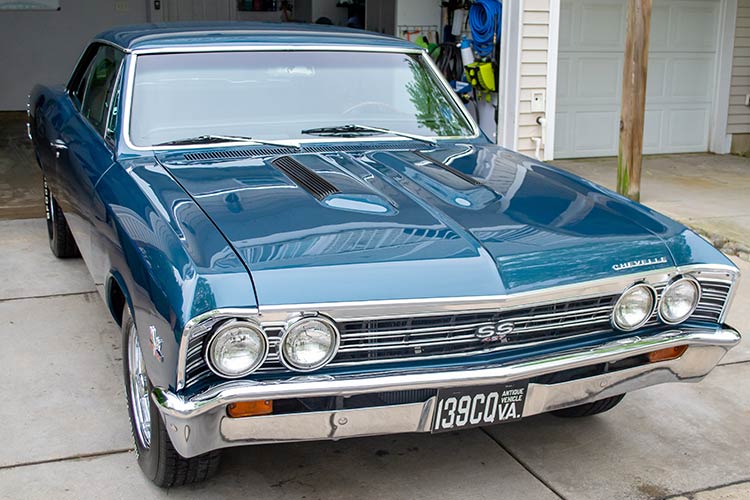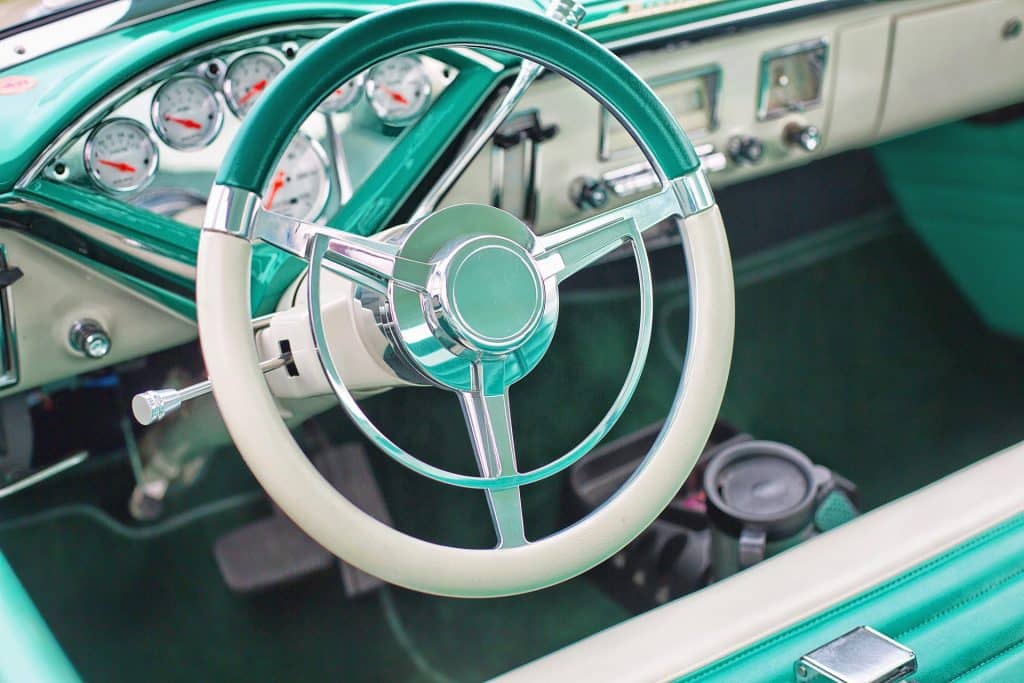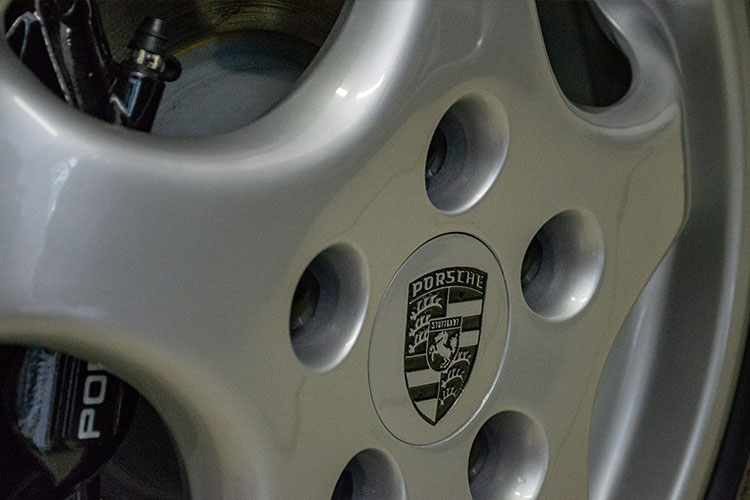Classic cars are one of our favorite types of vehicles to work on. They are timeless pieces of the automotive industry that shaped today’s modern car culture. Over the last 50+ years, cars have evolved but newer cars have an ancestor in some classic car collectors garage. The story behind a car, the passion the owner has for the car and seeing the advancements in the industry are what drives us to preserve your classic car.
A car that has been preserved or even resurrected is one that requires a lot of special attention and care. You cannot use the same methods, techniques or chemicals that you can on modern vehicle’s exterior paint, trim or metal. The interior fabrics and upholstery are much easier to stain with modern harsh chemicals as well. Taking the time and care to properly assess what your classic vehicle needs to get it looking its best while also preserving the original finish is always our goal when a classic car is brought in for detail service. Here are some of the key areas that you need to be more careful when cleaning

Classic cars are much more delicate and susceptible to damage from a normal engine bay cleaning service. They were not designed to be soaked in water or to have very heavy cleaners used on them. Most of the classic cars we see are not daily driven anyway so there isn’t as much road grime buildup under the hood area but general driving will cause a build-up of dust, dirt and a small amount of debris that can easily be cleaned by hand or steam to avoid any water damage occurring during cleaning. The air intake or carburetors aren’t sealed as tightly as more modern cars so heavy water cleaning is always avoided. The rubber seals, hoses and belts can also be very fragile especially if it’s an all-original vehicle so you must avoid very harsh cleaners. The wiring also tends to be more exposed than modern vehicles so in order to avoid any electrical issues cleaning by hand or with small amounts of steam is the safest method. The chrome or metal finishes on valve covers, exhaust manifolds or air cleaner housings are also sensitive and must be gently cleaned to preserve and protect them.
Interior surfaces on classic cars are also very fragile. Finding a balance between preservation and cleanliness is key. If any damage was to occur on an original interior not only will it cost thousands of dollars to fix the upholstery, it may also devalue the car since it won’t be in its original form. Some cleaners work quickly and yield great results but not all cars can be cleaned with these more aggressive cleaners. The leather, vinyl, and carpets must be gently cleaned and protected to ensure they don’t crack or fade.

The exterior paint finish is probably one of the biggest differences between classics and modern cars. Advancements in paint, the clearcoat, finishing, and materials used to build cars have changed the longevity and durability of the exterior of vehicles. Older vehicles have a single stage or acrylic lacquer paint finish that isn’t nearly as durable and is permeable. You can perform many of the same basic steps you do on all cars but there are some precautions to be taken when detailing the exterior. The paint can absorb certain chemicals that can cause permanent damage when they are absorbed too deep into the finish. When washing a classic car you also need to avoid using too much water pressure.
Most classics aren’t as watertight as newer vehicles. Car wash soap, water or any other chemical used on the exterior can leak into the interior, trunk or engine bay and if not soaked up quickly may cause damage. If the car has any chips or worn-out trim you need to be careful that you don’t further damage any original parts with too much water pressure. When polishing the paint you also want to leave as much paint on the surface as possible since these finishes are so delicate. A solvent-free polish is always the best approach and avoiding too much heavy cutting is always best practice to preserve your classic car paint. When it comes to protecting the paints exterior we always love to use high-quality wax since it gives it a great glow, loads of gloss and the single-stage paint really reacts well to wax.

You can use modern sealants or coatings but for a weekend driven classic, we always like to use a good wax when the car isn’t exposed to the elements on a daily basis. The metal trim and rubber seals also need special attention. The metal trim can be stained or pitted when not properly cleaned. The seals are sometimes old and hard to replace so cleaning them and conditioning them is key. The light fixtures on many classics are also not as watertight as newer cars. Avoiding a heavy stream of water is key to avoid any moisture in the housing that may cause future rust or electrical issues.

Danny T.
SOUTH RIDING, VA
Ben and his team are professional and really brought my old car back to life. Incredible job on my classic Chevy.
As with all the other surfaces on your classic car your wheels are usually sensitive and hard to restore or replace if damaged. Heavy acid wheel cleaners should be avoided on most classic wheels. Sticking to very mild cleaners or just soap and water is always the safest method for these cars. Many classics had bare aluminum wheels and they can be damaged very quickly and costly to repair. Adding a layer of protection to these is also always recommended after they have been cleaned so your next wash/detail will not require a heavy cleaning

